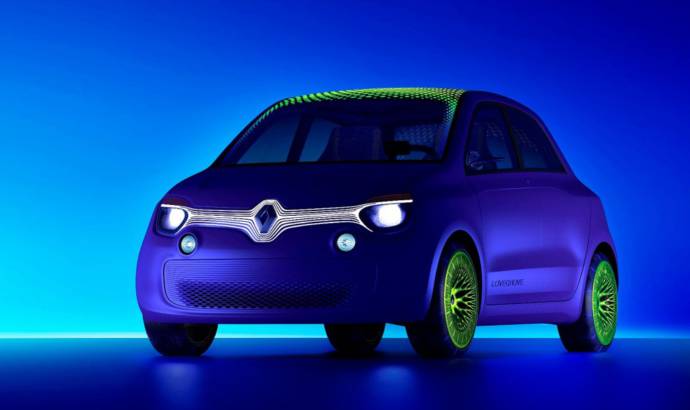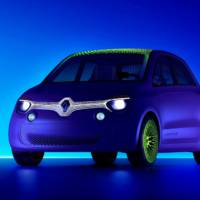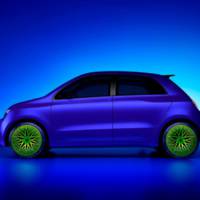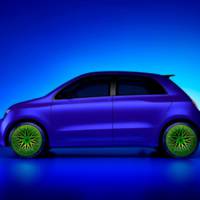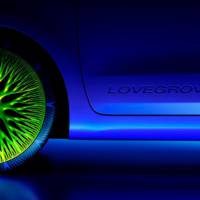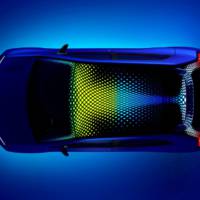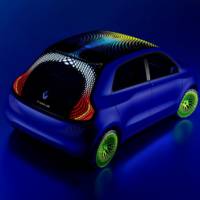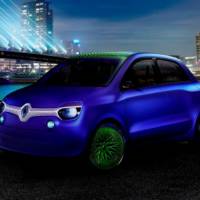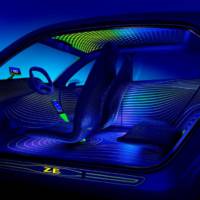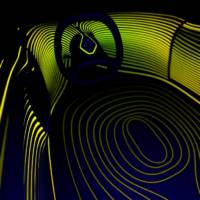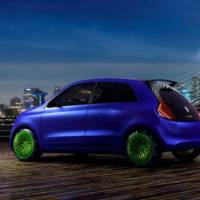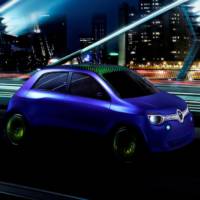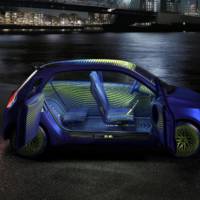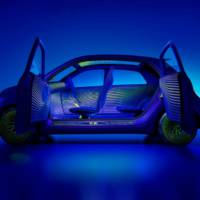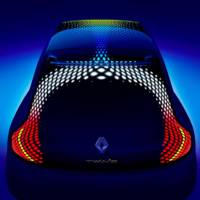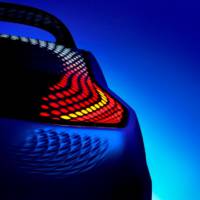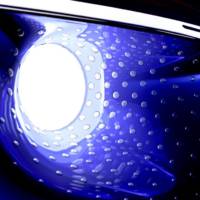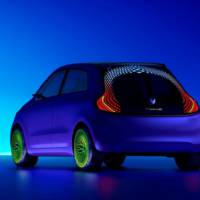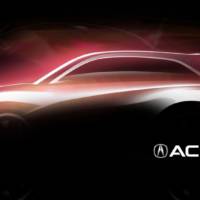For once, Renault has chosen not to reveal a new concept car at a motor show. Instead, its choice of location stands out as a symbol of its interest in the Salone Internazionale del Mobile di Milano, the centrepiece of the Design industry’s annual calendar, as well as evidence of the carmaker’s determination to reach out to an even wider audience by targeting those who are sensitive to Design.
Twin’Z is the fifth concept car to result from Renault’s design strategy which is founded on the notion of the human life cycle, and which is represented as a six-petalled flower. This strategy fits perfectly with the brand’s determination to accompany its customers during the key phases of their lives and in their individual aspirations thanks to the diversity of its range.
Ross Lovegrove’s team was tasked with providing the finishing details to Twin’Z’s bodywork (bumpers, lights, grilles, LED roofscape, wheels) which was based on a design produced by Renault Design. His studio was also responsible for designing the interior, including the choice of colours and materials, in conjunction with Renault.
Although only 3.62 metres in length, Twin’Z’s proportions, high waistline and the way it sits squarely on its 18” wheels, suggest robustness. Twin’Z’s striking blue livery pays tribute to the 20th century French painter Yves Klein.
The grille design creates a vortex effect which channels air flow and minimises turbulence to optimise Twin’Z’s aerodynamic performance. The same motif has been embossed into the rear bumper as an echo of the lighting signature. Twin’Z’s front and rear doors are hinged at the front and rear respectively and open electrically.
Power comes from a rear-mounted electric motor generating 68 bhp (50 kW) and 226 Nm (166 lb-ft) of torque, working together with four lithium-ion battery packs spaced evenly beneath the floor providing a range of up to 100 miles (161 km). It can reach a top speed of 81 mph (130 km/h).
Source: Renault
